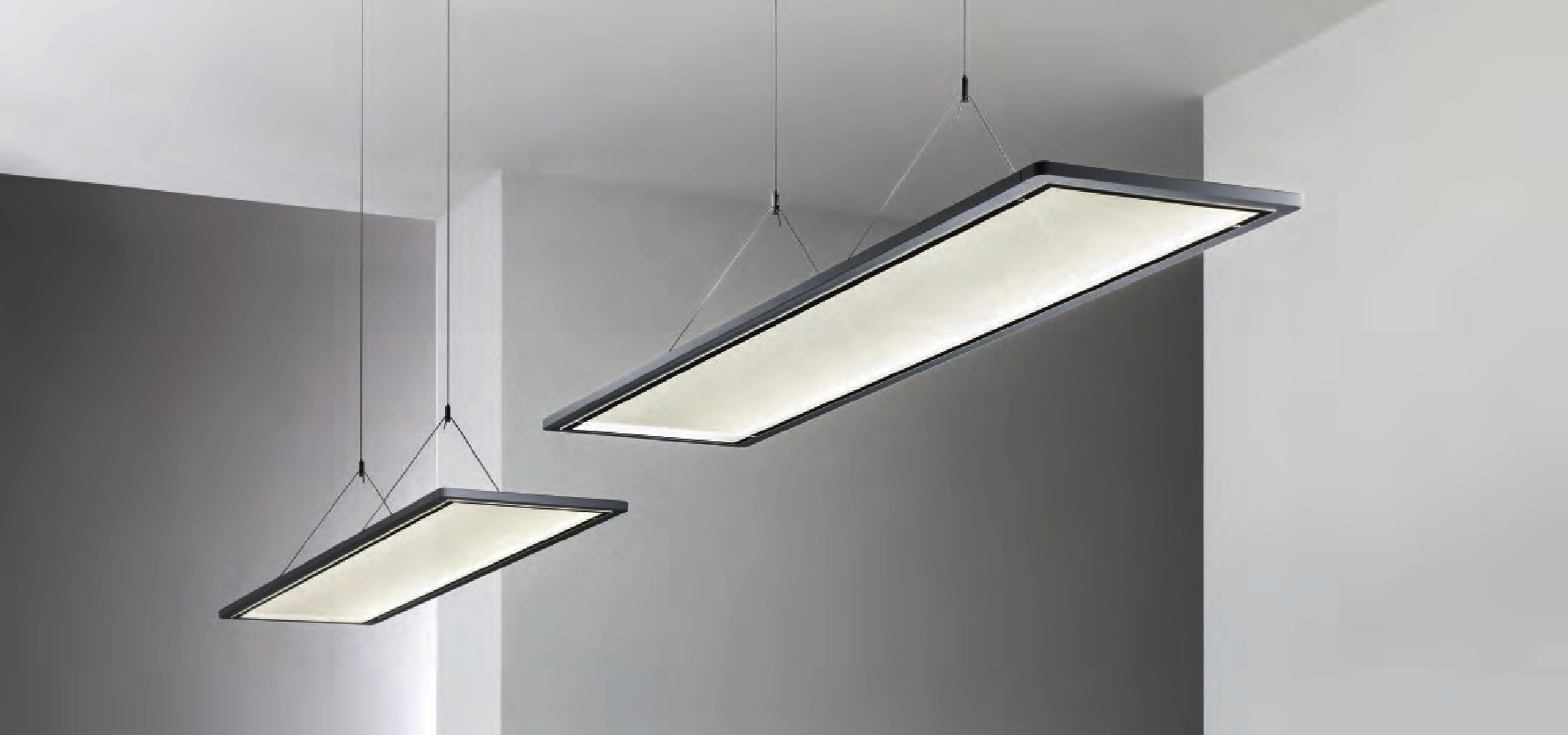
Luminaires

Since the end of the 19th century, a great quantity of electrotechnical installations has been constructed in the industrialised countries, with many lighting installations among them. Over this time period, the countries independently developed framework conditions and established them as national standards.
Starting with the foundation of the European Economic Community in 1957/58, the pressure to harmonise these standards increased. The harmonisation of the standards in question takes some time, with the effort for converting to the new standard essentially determining the duration in each individual case.
Particular attention is due for standardisation regarding safety in terms of user protection, which is why it is regulated by construction regulations. The two paramount protection aims in the construction regulations for electrical installations are:
Electrical installations must be constructed and operated in a way that prevents hazards to persons and livestock from dangerous shock currents.
Electrical installations must not cause danger to material assets by generating excessively high temperatures.
The question of the binding character of construction regulations is derived from these principles. In contrast to most national and European standards concerning other fields, e.g. lighting technology (see chapter , "Lighting quality criteria") which are more akin to recommendations in character, the provisions on constructing electrical installations including their components contain safety-relevant requirements which are generally to be complied with at least as a generally recognized state of the art due to laws and regulations.
For lighting installation, safety according to the construction provisions means:
electrical safety,
thermal safety, and
mechanical safety.
Requirements for
photobiological safety and
safety regarding electromagnetic compatibility (EMC)
are contained in other European directives (see chapter , “Photobiological safety” and “Electromagnetic safety”).
There are clear definitions on how to test the equipment of a lighting installation for all the mentioned aspects. They are documented in the European standard EN 60598-1:2015 “Luminaires – Part 1: General requirements and tests”.
For
safety from chemical and other hazards
there are no general testing standards, since the application and its specific hazards must be considered in each case. Their assessment requires the application-specific expertise of the constructor of the electrical installation on-site.
The following sections will outline
how to apply testing methods to luminaires,
the resulting required product labels, and
what kind of optional, additional product quality labelling can be used beyond that to provide maximum consumer and user benefits.
Labelling is done in part on the luminaire’s type plate, and in part in the product documentation provided by the manufacturer. This includes instructions for installation and use or data sheets.
A relatively new aspect of luminaire testing is photobiological safety. This requirement relates to hazards for the user due to the light generated by the luminaire, in particular hazards to the user's eyes in terms of spectral composition of the light and luminance values occurring during application. This aspect became the focus of standardisation with the emergence of LED as a new, highly efficient light source, but must also be considered in the use of many high-pressure discharge lamps.
Between the chapters on safety technical aspects, there are also further sections with application-relevant notes regarding photometric, mechanic, thermal, acoustic, ventilation-related and electrotechnical characteristics. They concern luminaire material, construction, installation, connection and operation.
The characteristics mentioned can be regarded as general, application-specific selection criteria. Their consideration is meant to help avoid problems during construction and commissioning and to ensure high-performance lighting operation. In individual cases, non-observance can lead to safety hazards which cannot be prevented by normative requirements.
For luminaires, there are often specific, elevated safety requirements if they are used in applications with particular environmental conditions. Applications like this and the standards which may apply for them as well as accident prevention regulations and safety regulations are outlined in chapter .
This publication is not exhaustive e.g. regarding the requirements posed by standards, regulations and recommendations. In case of doubt, please consult competent supervisory bodies, e.g. trade supervisory boards, inspection associations or trade associations.